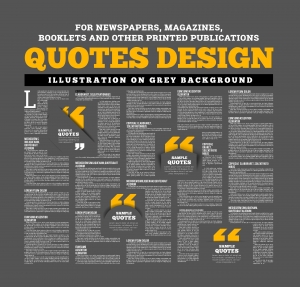In Blogging for Business, Go Ahead and Be a Secondary Source
Historical novels are stories informed by the past, Hunter Liguore explain in Writer’s Digest. But when doing research, should you start with primary or secondary resources? Primary evidence comes from the diaries or biographies of people who actually witnessed an event. In contrast, secondary sources analyze and interpret information.
Often, Liguore points out, with primary sources you can stumble upon fascinating details (whether people in that era or region used forks or what their chief source of light was). But primary sources don’t offer opinions or insights or draw any conclusions from those primary facts. Primary research gathers; secondary research analyzes and interprets.
At Say It For You, we realize, all of us freelance business blog content writers are creating secondary research. Our job, in fact, is to interpret and synthesize information and put it in terms others can understand.
There’s much more to it than that, however. Bloggers for business now need to go beyond providing information and become “thought drivers”. Whether it’s business-to-business blog writing or business-to-consumer blog writing, the blog content itself needs to use opinion to clarify what differentiates our client’s business, professional practice, or organization from its peers.
The primary distinguishing fact of secondary research is analysis or “slant”. A point I often stress in corporate blogging training sessions is that whether you’re blogging for a business, for a professional practice, or for a nonprofit organization, the content must be driven by a unique slant on the information you’re serving up for readers. Yes, you might choose to just aggregate information, but that’s unlikely to result in readers coming to your client’s business or practice for service, products, and advice.)
Be sure the things you choose to say in your blog posts (about what you sell, what you do, ad what you know about) also make clear why readers should care about any of those things. Bottom line, after all, is that while you may be the “primary source” in running your business or practice, the content needs to interpret and opine, showing readers why and how your information can make a positive difference for them.
In blogging for business, go ahead and be a secondary source!






Follow us online!